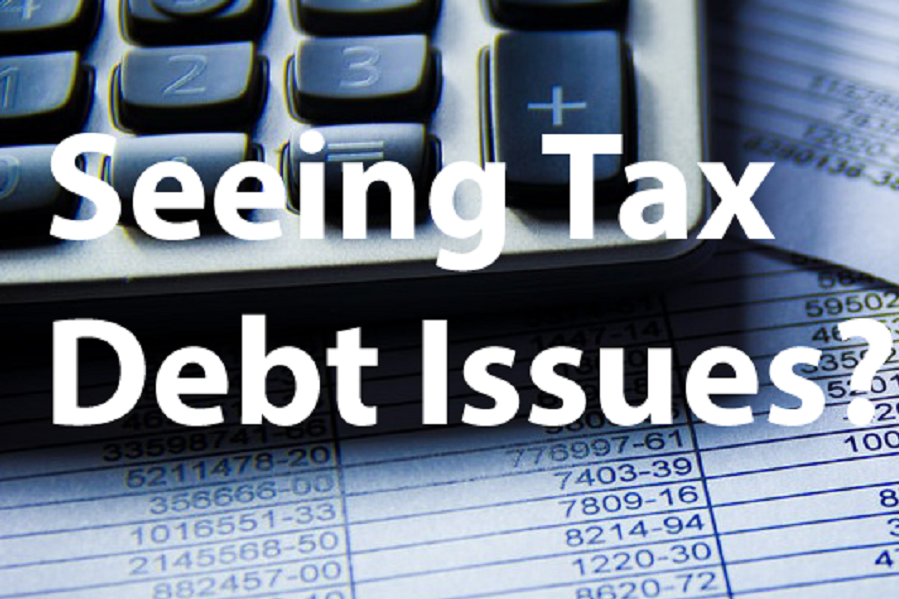Tips to refinance and repay your tax
From 1 July 2017, the ATO will be authorised to register company defaults with tax debts over $10,000.
As small business owners we all have ups and downs. Budgeting can be hard and knowing exactly how much tax to put away each month can be challenging. It can be hard to get back up and on top of things, especially when times are tough and the economy is slow.
The best solution is to always to avoid having a shortfall in the first place. You can do this by ensuring you put enough funds away ready for your tax bill when it comes due – this way you don’t have to scramble around to find money to cover your tax bill at the 11th hour.
One way to manage this is to put a set % of your net earnings into a separate account each month and leave it there – chat with your accountant or consider 30-40% as a starting point. Let the funds work for you in either an offset account of some form, or an interest bearing account.
If you put away too much, then great – you will have a surplus at the end of the financial year, if you don’t put enough away then you may have a shortfall, but at least you have hopefully most of the funds ready and the shortfall is small – far better than having nothing at all.
But what happens when you haven’t put money aside for your expected tax and GST?
In an ideal world we’d all put enough funds away in our business account ready to pay our taxes when they are due, but sometimes things don’t always go to plan.
It may be possible to delay completing your tax return until you have the funds ready to cover the expected tax bill, but this is a short term solution and the longer you leave it the harder it will become as more tax and GST bills will start rolling in and build up and this is not something we would recommend and you should definitely consult your accountant about any potential penalties for late lodgement.
You can make payment arrangements with the Australian Tax Office (ATO), however their terms are not always favourable and often the term required to pay it back can be very short. Most business owners struggle to meet these conditions and it becomes a further strain on the business and prevents you from putting funds aside for the next tax cycle, thus keeping you on an endless loop of forever falling behind in your taxes.
Another, possibly more favourable option to consider is if using the equity available in your home could be a viable way to clear up the current tax debt and end the cycle. With any luck, once the cycle is broken you can start fresh and ensure that you keep the business running with minimal stress and disruption.
By using the equity in your home you can set the loan term up to 30 years (you can still paying it off faster of course!) and likely with a far more favourable interest rate. It gives you the power to pay off the debt at your own pace rather than over a year or two. You can make the minimum repayments now, once the business is back on track you can up your repayments and pay it off faster.
As great as this option may appear, it’s not a scenario for every lender, in fact most lenders will not consider a loan for repaying tax debts.
The great news is that there are a number of lenders that specialise in this space and can potentially clear up your tax debt with ease.
Additionally, once the loan has been with the lender long enough, you may be able to refinance it back to a big bank, as the funds would no longer be to pay out a tax debt, but simply to refinance a current home loan.
Contact us today to find out more about home loans for the self-employed by clicking here
We may be able to help you finance and consolidate these tax debts.
Here are some examples of common tax debt scenarios our lenders have helped in the past.
Scenario 1: Client is self-employed and owns a bakery business. He has equity in his owner-occupied and investment properties. Due to the number of expenses for the business, and some repairs needed on the investment property, he has accumulated a tax debt of $30,000. He is unable to pay out his tax debt with his current cash flow.
Solution 1: By providing a letter from his accountant stating his income, Our lender was able to help him with some cash flow and payout his tax debt.
Scenario 2: Client has accumulated several debts including a tax liability of $45,000 due to unpaid GST. He needed to consolidate these debts totalling $86,000 and refinance his existing mortgage of $235,000 to help reduce his monthly commitment. He was having trouble obtaining finance from traditional lenders because of the several defaults against his name.
Solution 2: Our lender helped the client to consolidate his debt by refinancing his existing mortgage. This has allowed him to pay off his tax debt on time without going into default with the ATO.
Much has changed in the mortgage market and rates have moved – if you haven’t reviewed your mortgage in the last 12 months you could be missing out on current hot offers. Click here for you complimentary home loan review in just 3 easy steps!

